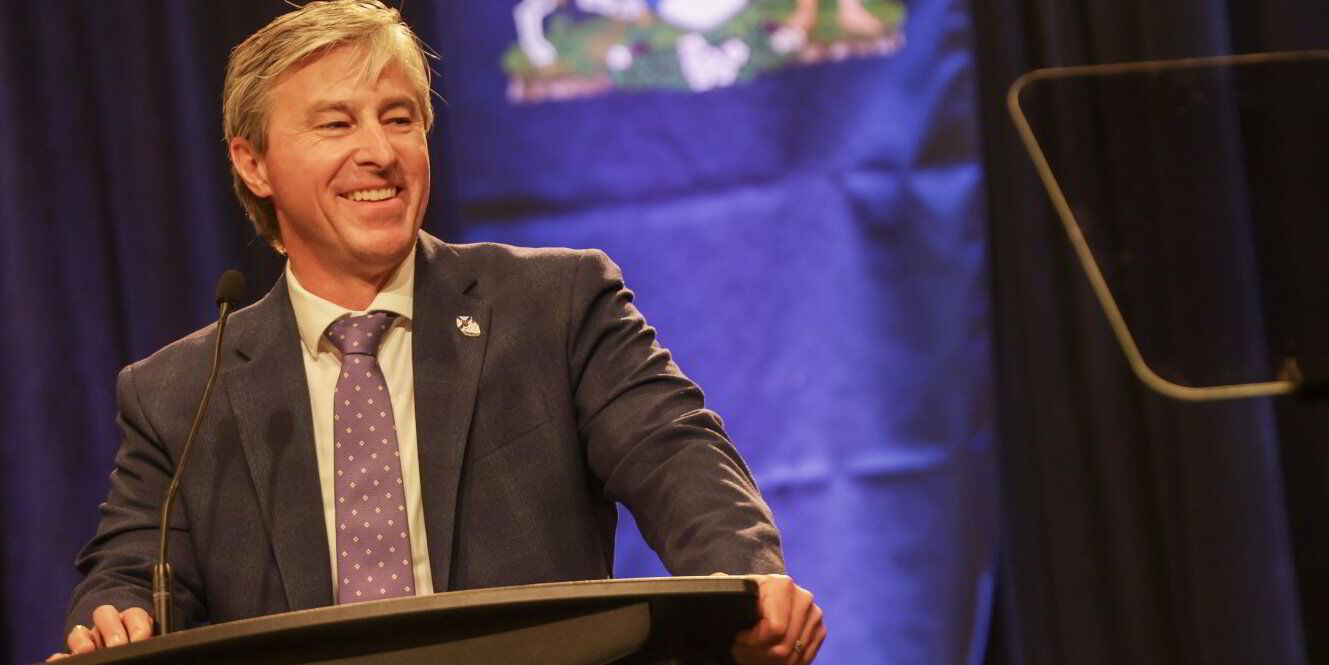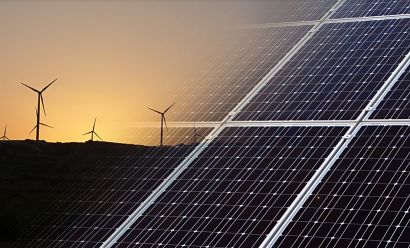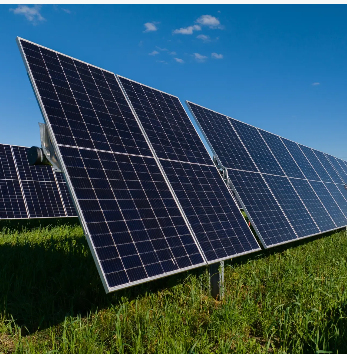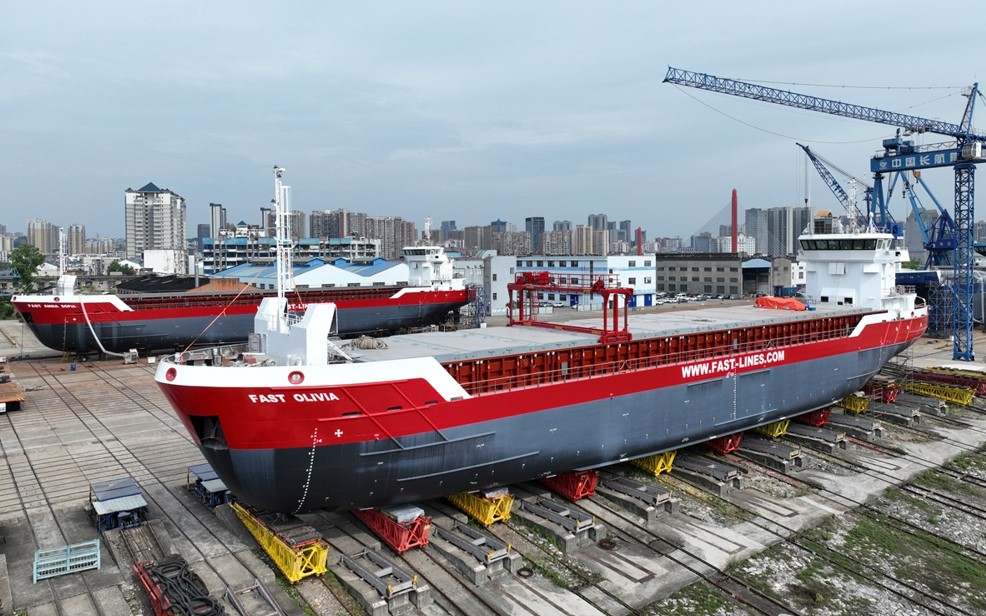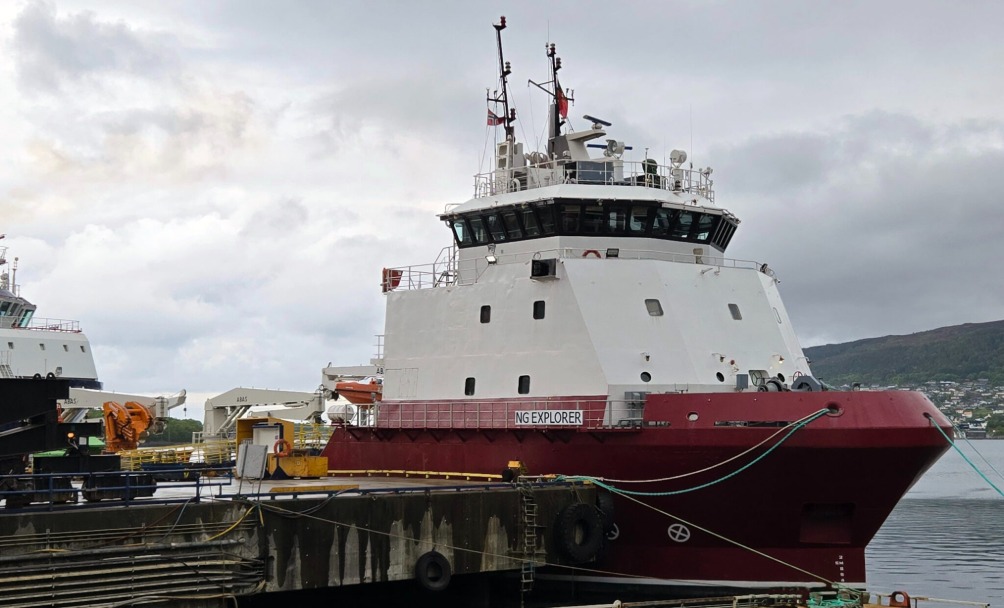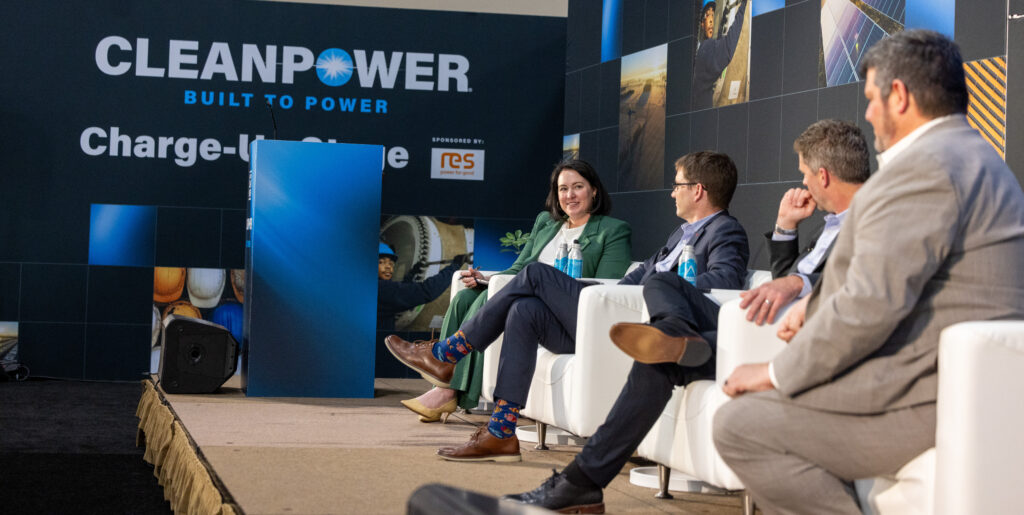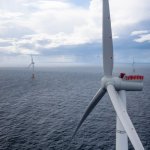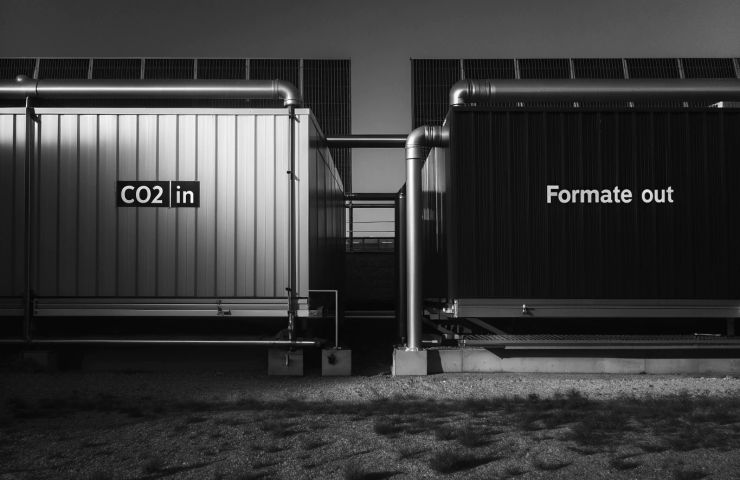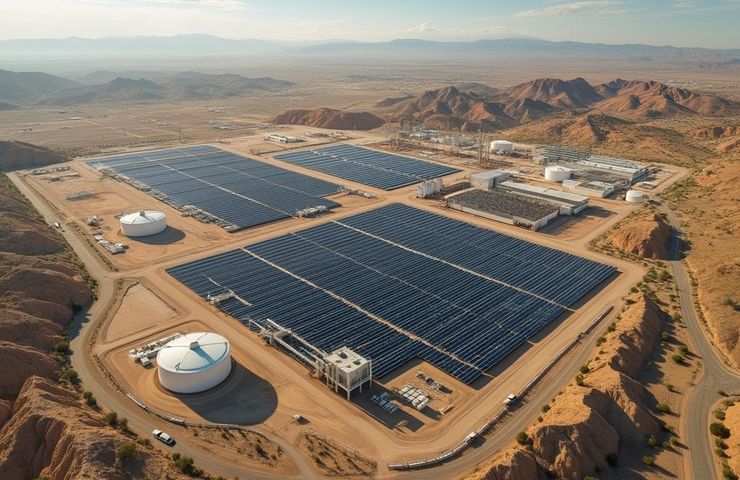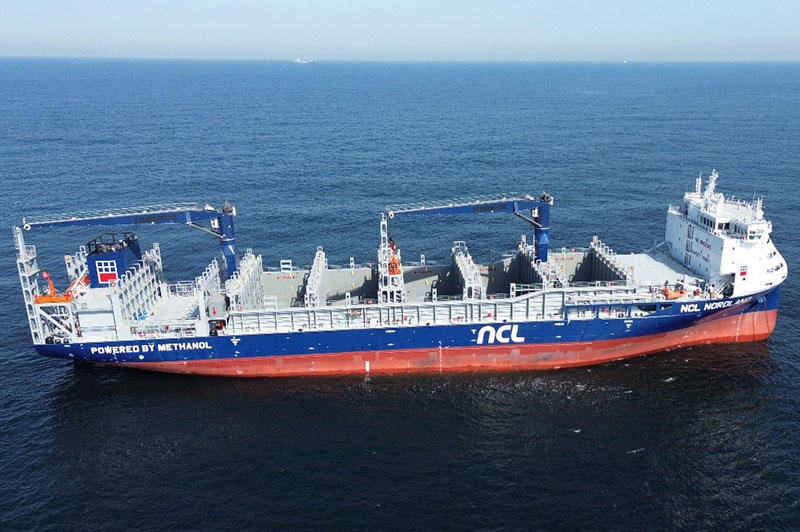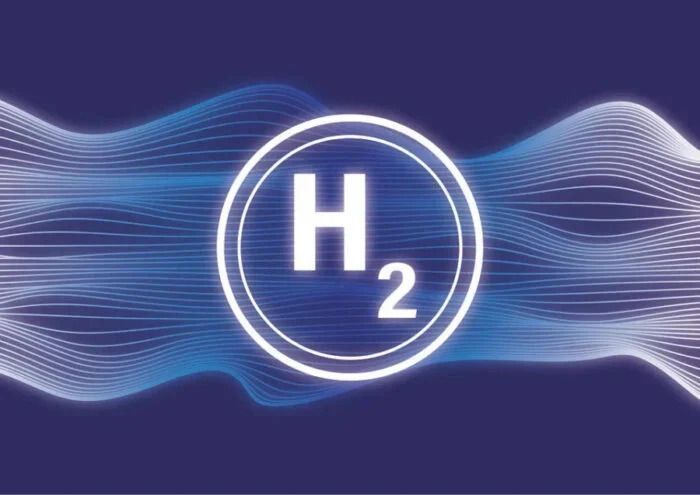WoodMac tips Australia to fall short of 82% renewables goal
Wood Mackenzie predicts Australia will fall well short of its target of 82% renewable generation by 2030 due to grid connection delays, inadequate investment, and moves from some state governments to scale back their clean energy ambitions.

Wood Mackenzie predicts Australia will fall well short of its target of 82% renewable generation by 2030 due to grid connection delays, inadequate investment, and moves from some state governments to scale back their clean energy ambitions.
New analysis from energy research consultancy Wood Mackenzie finds Australia is set to reach 58% renewable energy generation by the end of the decade, well short of the federal government’s objective to raise the share of renewables in the nation’s energy mix to 82% by 2030.
The recently re-elected Australian government is aiming to transition to a majority-renewables grid by 2030 with 22 GW of coal-fired power generation expected to exit the system over the coming decades.
The latest data from the Australian Energy Market Operator (AEMO) shows renewable sources such as solar, wind and battery energy storage systems are already supplying 43% of the electricity mix in the nation’s main grid.
Achieving the federal government’s 82% renewables target however requires substantial additional new clean energy generation and storage capacity to come online with the market operator estimating that achieving the 82% target will require 92 GW of renewable capacity, almost double the current installed capacity of approximately 52 GW.
WoodMac Senior Analyst Natalie Thompson said under the current rate of progress, Australia’s clean energy share is likely to be less than 60% by the end of the decade.
“Our analysis indicates that Australia is currently on track to achieve only 58% renewable electricity generation by 2030,” she said, adding that federal efforts could be “complicated by moves from some state governments, such as Queensland and the Northern Territory, to repeal or scale back their renewable energy targets.”
Thompson said the forecast “highlights the urgent need for increased investment and greater coordination across all levels of government to accelerate the energy transition.”
WoodMac estimates solar capacity for residential, commercial and industrial use will expand from 29 GW in 2025 to 46 GW by 2030.
Distributed energy storage capacity is projected to triple in the same period while utility-scale energy storage is expected to grow sixfold by the end of the decade, rising from 2.5 GW to more than 16 GW by 2030.
WoodMac said the increase in utility-scale renewables is bolstered by the federal government’s Capacity Investment Scheme (CIS) that aims to accelerate the development of 9 GW of dispatchable capacity and 23 GW of variable capacity. This builds on the 8.4 GW of utility-scale solar, wind and storage capacity added to the grid between 2021 and 2024.
The analytics firm said about 65 GW of projects are in the development process, but Thompson said challenges remain and more support is needed to smooth the way for developments to progress from planning to operational.
“While over 65 GW of utility-scale storage projects are in various stages of development, only 5-10% of announced projects are likely to reach financial close,” she said. “Continued policy support is crucial to overcome grid connection and project planning barriers.”
What's Your Reaction?









